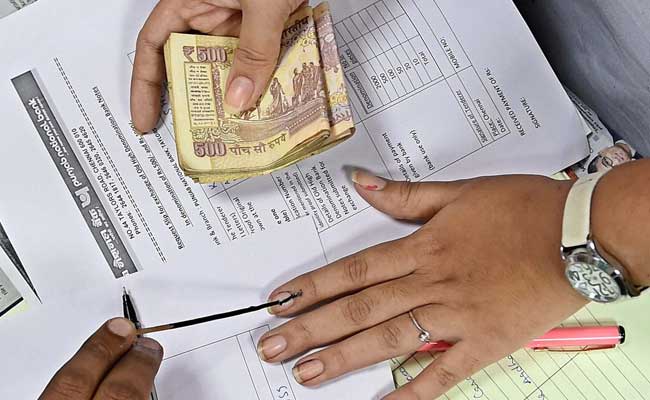
The exchange of old Rs 500 and Rs 1,000 notes for new currency has been stopped at all banks from Thursday midnight, but will continue at the Reserve Bank of India, the central bank has said in a statement this morning.
Here are the 10 latest developments in this big story:
"The Reserve Bank of India advises members of public that exchange of bank notes in ₹ 500 and ₹ 1000 denominations, whose legal tender status has been withdrawn, will continue to be available at the counters of the Reserve Bank up to the current limits per person as hitherto," the RBI said.
So far, people could do a one-time swap of up to 2,000 rupees in old notes for new currency at all banks.
They can from Friday morning only deposit the old notes in their accounts and withdraw new currency through ATMs or cheques at banks.
The government has decided to do away with the trade-in to shift focus to encouraging people who currently do not have accounts to open them and deposit the abolished notes.
Old notes can be deposited till the end of the year.
The current limit on withdrawal of up to Rs. 24,000 per week per bank account remains unchanged.
ATMs can be used to draw upto Rs. 2,500 a day per card. Less than half the country's two-lakh ATMs have been reconfigured to handle the new currency note.
Exemptions at public utilities have been extended till December 15. That means petroleum pumps and state-run hospitals will continue to accept the old notes till then. Water and electricity bills can also be paid with the old currency till December 15.
The exemptions would only accept the use of the old Rs 500 notes. This means Rs 1,000 notes will now be accepted only for deposits into bank accounts.
The RBI has doubled the limit on digital transactions through e-wallets like Paytm to Rs. 20,000 per month.

